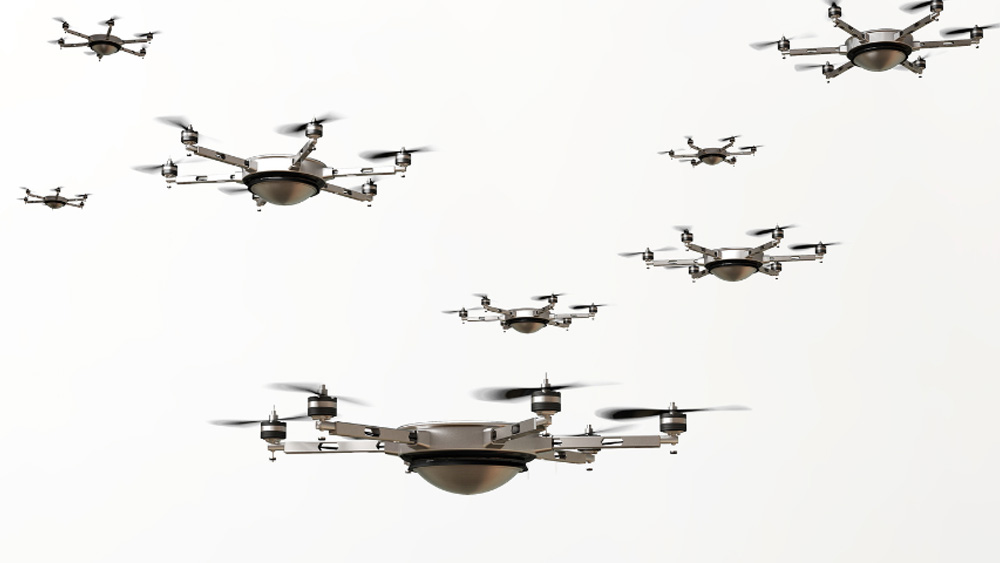Memorandum
Subject: Intelligence Update (S2)
To: All Readers and Interested Parties
From: Greg Smith, Author
Date: 18 JUN 2025
BACKGROUND:
On June 12, 2025, Israel launched a massive, multi-pronged attack on Iran. The attack combined airstrikes as well as drone strikes inside Iran. Initial reporting indicated that Israeli agents were able to build and deploy drones in or near Tehran, the capital city, as well as around several important targets. The attack resulted in the death of many Iranian military leaders as well as the destruction of most of the Iranian air defense capability.
A similarly daring attack was carried out less than two weeks prior against Russian military installations by Ukrainian forces. Ukraine leveraged the commercial trucking industry and unwitting drivers to deliver trailers loaded with drones in false roofs to locations near the intended targets. The result was a massive blow to the Russian strategic bomber fleet, destroying or damaging as much as forty percent of the aircraft, some of which cannot be replaced.
OPERATIONAL CONSIDERATIONS:
In both cases, drones were either smuggled into the country or assembled inside the country. The types of drones used in both attacks appear to have been commercially available and easily manufactured quadcopters, such as for hobbyist use. These types of drones have limited ranges, generally less than 20 miles or perhaps thirty to forty minutes of endurance. Further, small drones such as these cannot carry large payloads, and as the weight increases, their range decreases. Therefore, the drones must be near their targets to be effective.
In most cases, drones of this type use first person-view (FPV) guidance, meaning that a pilot on the ground steers the drone using a small camera onboard to identify and select targets. In Russia, there is some reporting that indicates that the drones were also equipped with cellular receivers using the local cell phone network to enable operators to be in remote locations and steer via cellular data networks. There is additional reporting that indicates the drones also had the ability to switch to an autonomous mode if the signal was interrupted, and that images of targets, such as aircraft planforms, were programmed into the memory for automated targeting.
DEFENSE CONSIDERATIONS:
Most anti-drone technology involves the use of electronic jamming to interrupt communication with the drone. However, use of these defenses can also damage civilian and military communications and navigation equipment, such as air navigation and communications systems. As evidenced by the Ukraine example, drones can be programmed to overcome or adapt to interrupted communications, thus increasing the complexity of defense.
In both examples, the drones were placed within a short distance (~10 kilometers) of their targets. This proximity enables larger payloads. The proximity to a target decreases the flight time and increases the likelihood of success due to insufficient time for a defender to react.
Drone swarms are very effective against fixed targets, where a defender may be able to eliminate some, but not all the attacking drones. In surgical strikes, small drones may be employed in single, pairs, or small teams. Both tactics has been successfully used by Ukrainian forces against Russian armor, vehicles, aircraft, and even individual soldiers.
Drones can mimic an incoming aircraft, eliciting a response by the air defense radar or missile systems. Once pinpointed in this manner, other drones can be used to destroy the air defense system, rendering the defender blind and vulnerable to attack.
CONCLUSION:
There is currently no effective deterrent or defense against drone attacks. A determined enemy with a few thousand dollars can inflict damage in billions, or trillions of dollars. A few dozen drones can threaten or destroy power grids, strike concerts, festivals, or sporting events, and disrupt entire economies by destroying critical communications or transportation infrastructure.
CURRENT OPERATIONS UPDATE:
These are the concerns that fuel my stories. In my upcoming thriller novel, Killer’s Reign, I examine the what-if scenarios. Although fiction, the events and characters that drive the narrative reflect both current reality and my own experiences.
I invite you to check the website regularly. I will be posting information on my blog about the characters, storylines, and interesting tidbits of intelligence.
Safe travels!
Greg Smith
Author





